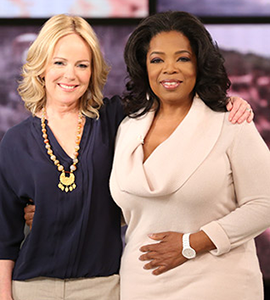On Reasons
“Stories seem to say everything happens for a reason, and I want to say, no it doesn’t.” These words from David Shields recently stood out for me, as I’ve been mulling over the reasons why my work, for the past number of years, has grown more and more fragmented. I’ve been less interested in traditional narratives, but instead, have found myself––in Devotion, in a new essay called “Evil Tongue” that will be coming out here, and in my new book, Still Writing––writing in a puzzle-like, mosaic structure in which the white space between pieces, the juxtaposition of this piece against that, are part of the story itself. Why? I’ve been wondering. Especially when my novels, up to this point, have tended toward traditional narrative. What’s going on?
The more I live, the more I find myself conscious both of pattern and of randomness. Of senselessness, and the need to impose order on what otherwise feels chaotic, a jumble, like hundreds of pieces of a complicated puzzle strewn all over the floor. We turn to the left, walking down the street, and run into an old friend–an encounter that changes the course of our day, or perhaps even the shape of our lives. (Who knows?) We turn left, walking down the street, and a piece of concrete falls from the roof of a building and slams… where? If we’ve stopped to tie a shoelace, it falls a few yards in front of us. If we’ve hurried, quickening our step, it falls… Well, you get my point.
I have a feeling that those of us who spend our days alone in our rooms working out stories on the page and in our heads obsess about the question of pattern and randomness. On the idea of imposing reasons and order, thereby shaping events, creating a narrative out of the puzzle pieces. In a story I once wrote called “Plane Crash Theory”, the couple at the center of the story neglects to buy carpeting for the stairs of their brownstone. A babysitter slips on the stairs — and their baby is put in jeopardy. Their financial irresponsibility, the wife’s decision to place a vase of flowers in an indentation near the top of the stairs (called, in one of those great gifts life hands writers sometimes, a “coffin”) — all of these are puzzle pieces. That was a story that couldn’t have been written in a linear way. One thing did not lead to the next, and the next… but in the mind of the wife, who narrates the story, they began to adhere to one another in a way that spelled disaster.
I’ve just turned in Still Writing. (I know… I buried that lede. More on my new book later, but suffice it to say for now that I will no longer be able to say that I’m still writing Still Writing.) And as I think of what’s next, once again I find myself drawn to the fragments, the shards, the great mystery and the desire––that obsession that I think we all share––to make sense out of this wild, improbable, accidental, singular life.


















